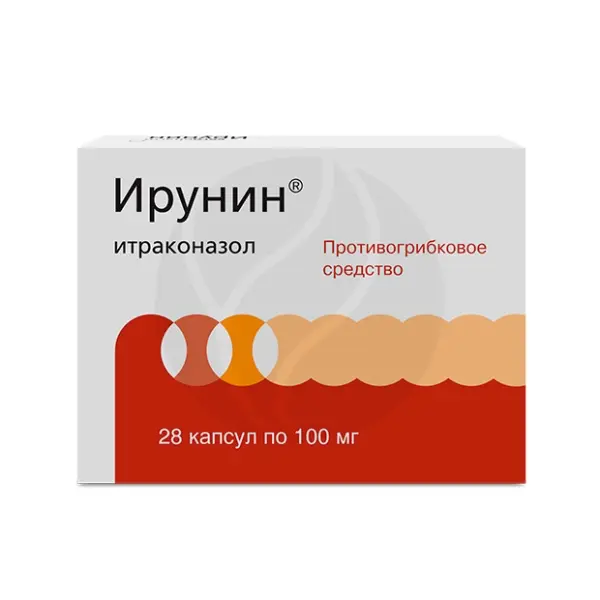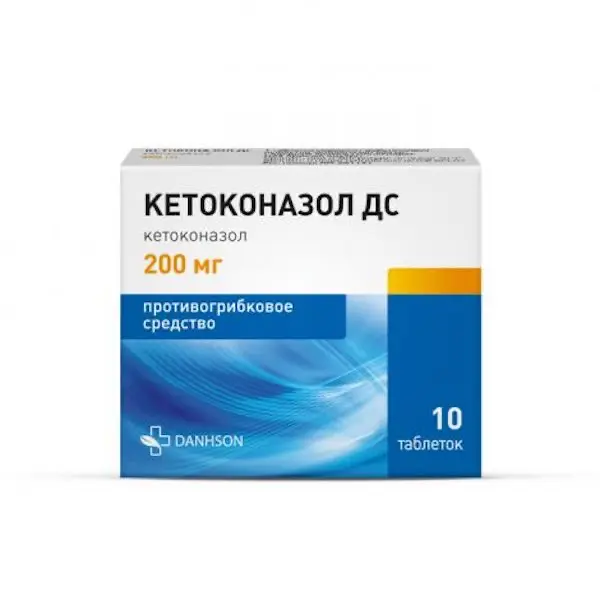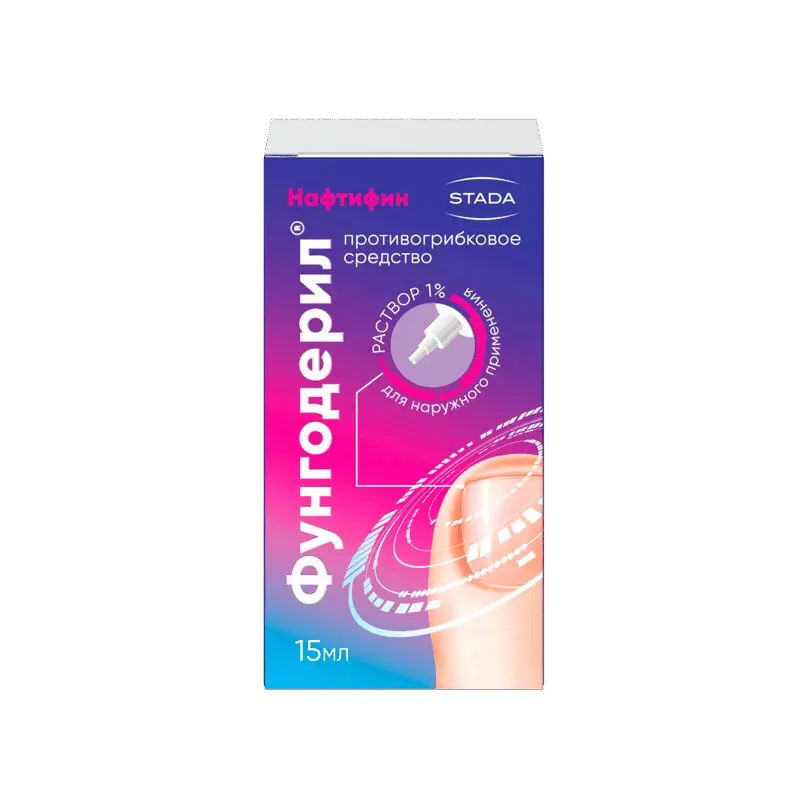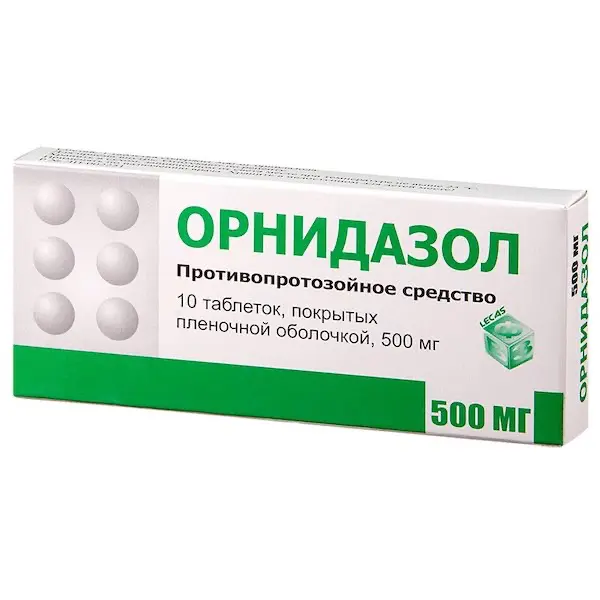Description
Irunin Pharmacodynamics
Irunin® is a synthetic broad-spectrum antifungal agent containing itraconazole, a triazole derivative. The mechanism of action of itraconazole is inhibition of ergosterol biosynthesis – the main component of the cell membrane of fungi involved in maintaining the structural integrity of the membrane. Disruption of ergosterol synthesis leads to a change in membrane permeability and cell lysis, which determines the antifungal effect of the drug.
Itraconazole is active against infections caused by fungi:
Candida spp.(including Candida albicans, Candida tropicalis, Candida parapsilosis and Candida dubliniensis), Aspergillus spp., Blastomyces dermatitidis, Cladosporiun spp, Coccidioides immitis, Cryptococcus neoformans, Geotrichum spp., Histoplasma spp. including H. capsulatum, Paracoccidioides brasiliensis, Penicillium marneffei, Sporothrix schenckii and Trichosporon spp. Itraconazole has also shown activity against Epidermophyton floccosum, Fonsecaea spp., Malassezia spp., Microsporum spp., Pseudallescheria boydii, Trichophyton spp. and other yeast and fungal infections.
Candida krusei, Candida glabrata and Candida tropicalis are the least sensitive Candida species to itraconazole action. In vitro, the genus Candida has shown unequivocal resistance to itraconazole in several isolates.
The main types of fungi whose development is not inhibited by itraconazole are Zygomyces (Rhizopus spp., Rhizomucor spp., Mucor spp. and Absidia spp.), Fusarium spp., Scedosporium spp. and Scopulariopsis spp.
Resistance to azoles develops slowly and is often the result of several genetic mutations. The described mechanisms of resistance development include overexpression of the ERG11 gene encoding the enzyme 14?-demethylase, which is the main target of azole action, and point mutations in ERG11 leading to decreased enzyme binding to azoles and/or activation of transport systems, resulting in increased azole excretion. Cross-resistance of Candida spp. to azole group drugs has been observed, although resistance to one drug of this group does not necessarily mean resistance to other drugs of the azole group. Aspergillus fumigates strains resistant to itraconazole have been reported.
Indications
– Lesions of the skin and mucous membranes:
– vulvovaginal candidiasis
– herpes zoster
– dermatomycoses
– oral mucous membrane yeast infection
– fungal keratitis
– Onychomycoses caused by dermatophytes and/or yeast-like fungi
– Systemic mycoses:
– Systemic aspergillosis and candidiasis
– Cryptococcosis (including cryptococcal meningitis): in all patients with central nervous system cryptococcosis, Irunin® should only be used if first-line drugs are inappropriate or ineffective
– histoplasmosis
– blastomycosis
– sporotrichosis
– paracoccidioidomycosis
– Other rare systemic or tropical mycoses
Contraindications
– Hypersensitivity to itraconazole or excipients
– Co-administration of itraconazole with agents – substrates of CYP3A4 isoenzyme may increase the drug concentration in plasma and increase or prolong the therapeutic and undesirable effects, which can cause a potentially dangerous situation. For example, increased plasma concentrations of some drugs may cause prolongation of the QT interval and cardiac tachyarrhythmias, including cases of bidirectional spindle ventricular tachycardia, fatal arrhythmias (see section “Interaction with other medicinal products”)
– Concomitant administration of drugs that are substrates of CYP3A4 isoenzyme (see section “Interaction with other drugs”), such as:
levacetylmethadone, methadone;
disopyramide, dofetilide, dronedarone, quinidine;
telithromycin in patients with severe renal or hepatic impairment;
ticagrelor;
halofantrine;
astemisol, misolastin, terfenadine;
ergot alkaloids: dihydroergotamine, ergometrine (ergonovine), ergotamine, methylergometrine (methyl ergonovine), eletriptan
irinotecan;
lurazidone, oral midazolam, pimozide, sertindol, triazolam;
bepridil, felodipine, lercanidipine, nisoldipine;
ivabradine; ranolazine;
eplerenone;
cisapride; domperidone;
lovastatin, simvastatin, atorvastatin;
fezoterodine in patients with moderate to severe renal or hepatic impairment, solifenacin in patients with severe renal impairment and moderate to severe hepatic impairment;
Colchicine in patients with hepatic or renal impairment
Current or history of chronic heart failure (except for therapy for life-threatening or other dangerous infections. See “Special Indications”)
Fructose intolerance, sugar/isomaltase deficiency, glucose-galactose malabsorption
Childhood under 3 years of age
Pregnancy (except in life-threatening cases and if the expected benefit to the mother outweighs the possible harm to the fetus) and breastfeeding.
Dosage and administration method
- For optimal absorption of the drug, Irunin® should be taken immediately after meals. The capsules should be swallowed whole.
- Indication Dose Duration of treatment
Vulvovaginal candidiasis 200 mg 2 times a day
or
200 mg 1 time daily 1 day
or
3 days
Shingles
200 mg once daily
7 days - Dermatomycoses of smooth skin 200 mg once daily
or
100 mg once daily for 7 days
or
15 days - Lesions
Highly keratinized areas of the skin, such as the hands and feet 200 mg 2 times a day
or
100 mg once daily for 7 days
or
30 days - Candidiasis of the oral mucosa
100 mg once daily for 15 days - Bioavailability of itraconazole in per oral administration can be reduced in some patients with impaired immunity, for example, in patients with neutropenia, patients with AIDS or patients with transplanted organs. Consequently, doubling the dose may be necessary.
- Fungal keratitis 200 mg once daily for 21 days
Duration of treatment may be adjusted depending on improvement in clinical picture
Onychomycosis caused by dermatophytes and/or yeast-like and mold fungi - Dosage and duration of treatment
Onychomycoses –
Pulse therapy A single course of pulse therapy consists of daily doses of
Two capsules of Irunin® twice a day (200 mg twice a day) for one week. Two courses are recommended for the treatment of fungal lesions of finger nail plates. For the treatment of fungal lesions of toe nail plates three courses are recommended. The interval between courses, during which it is not necessary to take the drug, is 3 weeks. Clinical results will be evident after the end of treatment as the nails grow back. - Onychomycosis localization 1st week. Week 2. Week 3. Week 4. Week 5. 6-th week. 7th WEEK 8th WEEK Week 9.
Toe nail plate lesions with or without hand nail plate lesions
1-й
Course Weeks free of Irunin®
2-й
Course Weeks free of Irunin®
3-й
course
Damage to finger nail plates
1-й
Course Weeks free of Irunin® 2nd course
course - Onychomycosis – continuous treatment Dose Duration of treatment
Affected toe nail plates with or without affecting the toe nail plates of the hands 200 mg daily for 3 months - Excretion of itraconazole from skin and nail tissue is slower than from plasma. Thus, optimal clinical and mycological effects are reached within 2-4 weeks after the end of treatment for skin infections and 6-9 months after the end of treatment for nail infections.




